Bosch has the tools to engineer success
 Martin Hayes, Robert Bosch (South East Asia) Pte Ltd’s president and managing director tells VIR’s Bach Quang about the company’s rapid expansion amid Vietnam’s accelerating integration into the ASEAN.
Martin Hayes, Robert Bosch (South East Asia) Pte Ltd’s president and managing director tells VIR’s Bach Quang about the company’s rapid expansion amid Vietnam’s accelerating integration into the ASEAN.
Could you update us on Bosch’s development and business plans in South East Asia?
Thailand remains the automotive hub of South East Asia, and is the third largest contributor to the kingdom’s GDP. In Thailand, Bosch generated consolidated sales of 212 million euros in 2011, with revenues soaring 25 percent higher compared to the previous year. The kingdom is South East Asia’s largest contributor of sales, amounting to almost 40 per cent of total sales in the region.
In Malaysia, Bosch recently developed the Multimedia Compact (MMC) for a newly-launched model of one of its home-grown car manufacturers. This marks the first original-equipment car multimedia system produced locally at the Bosch Car Multimedia plant in Penang that features fuel-efficient route guidance navigation systems, as well as maps of Malaysia, Singapore and Brunei.
In recognition of its pioneering work for the worldwide development and market deployment of ESC, Bosch was awarded the 2012 Global Innovation Award by the Global New Car Assessment Programme (NCAP) at the Southeast Asia Automotive Safety Week 2012.
In Vietnam, Bosch’s manufacturing plant in Long Thanh, Dong Nai province is producing pushbelts used for Continuously Variable Transmission (CVT) in automobiles. In June 2012, Bosch announced that it would increase its investment into the plant to a total of 230 million euros, where output capacity of the plant is expected to rise from 3.2 million to 4.3 million pushbelts a year by 2015.
As a growing economy and sheer market size, Bosch is assessing the feasibility of Indonesia as a manufacturing location.
Aside from the automotive industry, Bosch is also involved in a variety of businesses, ranging from power tools to security systems; from packaging technologies to software solutions. 2012 also saw the opening of a manufacturing plant in Thailand for our Packaging Technology business, as well the opening of four new office locations in Indonesia with four more in the pipeline for 2013.
Where do South East Asia, one of the world’s fastest-growing regions, and Vietnam sit in Bosch’s global business strategy?
Worldwide, South East Asia is the fastest growing region for Bosch, and is a key region for continued development. Over the past three years (2009 – 2011), revenue rose by 49 percent from 363 million to 541 million euros. The number of employees in the region also grew by more than 50 percent from some 3,300 in 2009 to over 5,000 today.
Bosch also plans to expand its presence in South East Asia through increased sales, investment, associate growth and the continual sharpening of the technological edge as its long-term strategy for sustainable growth.
Furthermore, Bosch is establishing itself in the emerging market of Laos and Cambodia, having opened a representative office in Vientiane in June 2012 and in Phnom Penh in September 2010 respectively. Entry into Myanmar is also well underway.
For fiscal 2011, total net sales of Bosch in Vietnam, including export sales to other Bosch entities, stand at 157.5 million euros. This amounts to an extraordinary 75 percent increase in total net sales compared to the previous year, mainly due to the high volume sale orders that Bosch received for its local automotive pushbelt production.
Vietnam has proven to be a dynamic growth market for us. The social and political stability, availability of skilled workforce, and favourable economic conditions have supported Bosch in strengthening our investments in Vietnam.
ASEAN economies are integrating at impressive rates and the ASEAN aims to build an economic community by 2015. How has Bosch incorporated this progress into its business strategy? How is the ASEAN’s accelerating economic integration meaningful to Bosch’s business prospects?
With the implementation of AEC 2015, ASEAN will be in the global limelight to attract foreign investment. As ASEAN is set to become the world’s sixth-largest automotive market by 2018, it is expected that regional sales will double to nearly 4.7 million vehicles from 2.4 million last year.
Sales in Thailand and Indonesia have reached well over 1 million vehicles each, and a significant increase in production is expected based on local demands, with Thai dominance of nearly 2.5 million vehicles produced last year alone.
In addition to serving the regional market, ASEAN has assumed a greater role as a global supplier of automotive, and is expected to grow in importance due to a competitive production base with strong competencies in certain product ranges. This will increase substantially not only in terms of economic growth, but also employment and technological advancement.
With AEC2015, we expect greater mobility of skilled talent in the high-technology sector that we operate in. We also expect greater mobility of raw materials and manufactured goods within the region that will increase ASEAN as one integrated manufacturing hub.
ASEAN’s 10 member-states will continue to facilitate and enhance foreign investments to flow into this region.
Bosch Vietnam generated EUR 157.5 million in total net sales last year, a 75 per cent rise year-on-year. How will this growth in 2012 be carried into 2013 and the years to come?
In 2012, we focused on strengthening our two key investments - the Software & Engineering Center in Ho Chi Minh City; and the Gasoline Systems high-tech manufacturing plant in Long Thanh, Dong Nai province that produces pushbelts used for Continuously Variable Transmission (CVT) in automobiles.
We also expanded our product portfolio across our various business divisions such as Automotive Aftermarket, Drive and Control Technology, Power Tools, Security Systems, Solar Energy, and Thermotechnology to support the sales in Vietnam.
In addition, we opened a new branch office in October last year in Danang as part of our plan to progressively expand our market presence in Vietnam. The business performance of Bosch in Vietnam for FY2012 will be announced at a later date sometime in the middle of this year.
Bosch Vietnam plans to conduct a new phase of investment to produce all components of pushbelts for continuous variable transmission (CVT) in automobiles, meaning a 100 per cent localisation rate for end-to-end manufacturing. This will raise the firm’s investment capital in Vietnam to EUR230 million from EUR80 million. What are the reasons behind this plan?
In June last year, Bosch announced an increased investment in its high-tech manufacturing plant to a total of 230 million euros by 2015 to meet rising global demand of the international automotive industry.
Bosch has fulfilled all investment commitments under the Investment Registration. The total disbursed investment in 2011 was 80 million euros and the factory employed around 400 associates including engineers, technicians and skilled workers. To meet the high quality production requirements, Bosch in Vietnam arranged for further qualification training in Europe for nearly 150 associates from the plant.
In 2011, total export turnover reached 125 million euros. Apart from pro-investment policies and incentives, Vietnam has the availability of a skilled workforce and infrastructure, and is also a cost-competitive location for manufacturing.
We want to boost capacity and produce sub-components locally for all components of the pushbelts at the factory. In addition, we plan to construct a new factory and set up new production lines to increase the output capacity to approximately 4.6 million CVT pushbelts per year. Capacity for locally-produced sub-components is expected to reach 80 per cent by 2015. This is done in order to ramp up to our vision of ASEAN as a single manufacturing base to meet anticipated global demands.
What are your recommendations to the ASEAN governments for a better regional business environment that can attract more European investment? Any particular recommendations for the Vietnamese government?
Depending on domestic requirements, different approval and homologation processes have been observed. Local agencies (mostly a member of APWG under ACCSQ) require manufacturers to comply with local mandatory certification standards on top of the international standards that need to be adhered to. This redundancy has a substantial impact on the cost and time spent due to unnecessary duplication of processes, as one test report and/or plant audit accepted by one agency is not accepted by other agencies.
More importantly, this will have a direct impact on the development of the concept of a single manufacturing base in ASEAN to allow free flow of automotive products within the region. Hence this will further hinder the investment opportunity for ASEAN to become a global automotive player as it would only serve domestic markets. This consolidation of approval and homologation processes will also facilitate the formation of a single regime for future regional agreements with other key trade partners such as the EU.
Businesses need to align with the governments to create a single regulatory regime for approval and homologation processes to improve time and cost efficiency. We strongly advocate relevant authorities to accept test reports by qualified foreign bodies and align their standards in order to facilitate exports based on UNECE-approved regulations.
The current tax incentive schemes of the Vietnamese government favours new investment projects in selected sectors such as high technology industries. However, the current policy does not provide any incentive for new projects by existing legal entities, even if the incremental investment is substantial. If these incentives are available and promoted, it would further boost the competitiveness of Vietnam in retaining and growing foreign direct investments, in addition to attracting new ones.
What the stars mean:
★ Poor ★ ★ Promising ★★★ Good ★★★★ Very good ★★★★★ Exceptional
 Tag:
Tag:
Related Contents
Latest News
More News
- Samsung returns to top of the smartphone market: industry tracker (April 16, 2024 | 18:00)
- VitaDairy partners with KPMG Vietnam on digital transformation (April 16, 2024 | 16:38)
- Boeing says testing of 787 proves aircraft is safe (April 16, 2024 | 16:00)
- PwC rejects allegations on Evergrande audit (April 16, 2024 | 14:39)
- Vietnam’s agricultural products appeal to foreign customers (April 15, 2024 | 17:04)
- Businesses press for EPR guidelines (April 15, 2024 | 17:00)
- Planning for 30 airports to complete by 2025 (April 15, 2024 | 16:56)
- Apple announces Vietnam spending boost as CEO visits Hanoi (April 15, 2024 | 15:59)
- Norway stands ready to collaborate with Vietnam in EPR policy and practices (April 15, 2024 | 15:00)
- Accelerating Vietnam’s journey towards 5G (April 15, 2024 | 13:57)



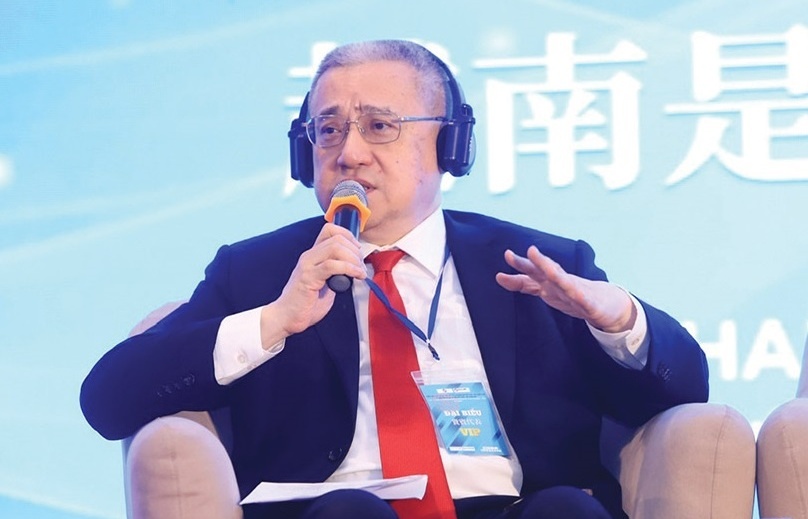
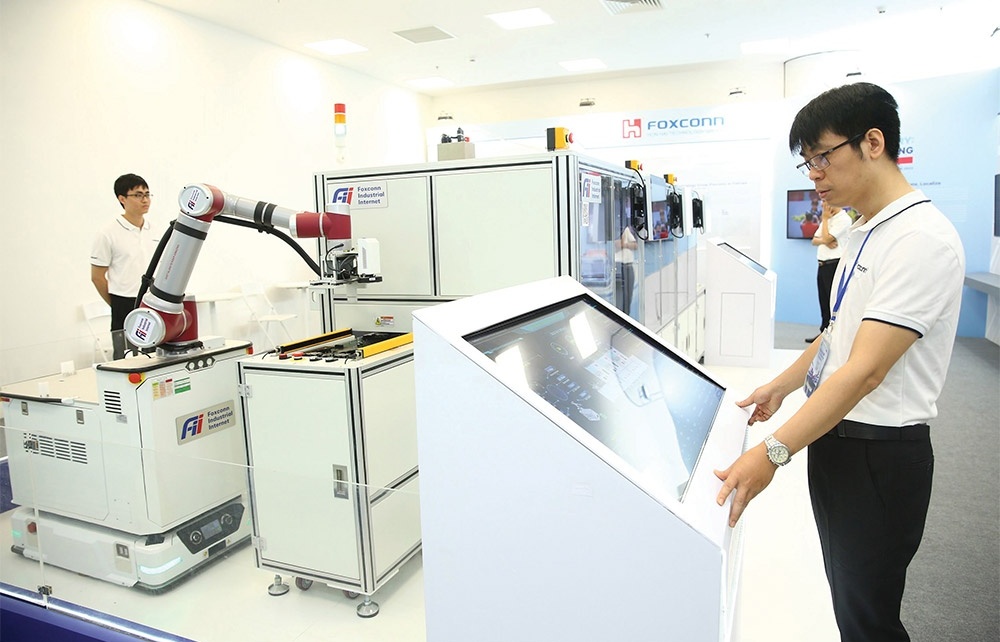
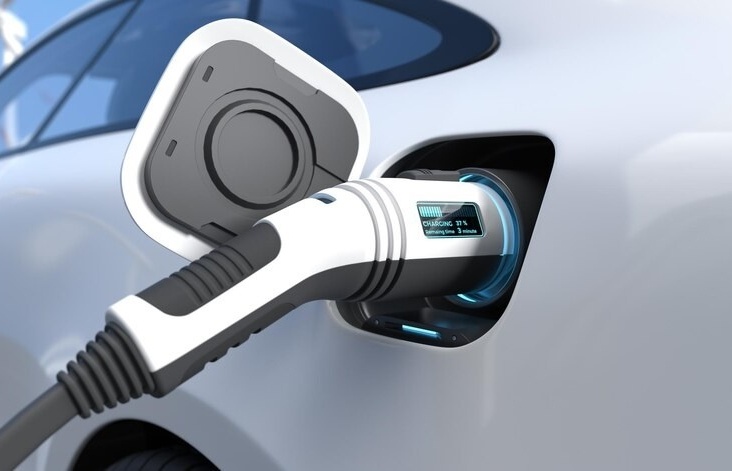
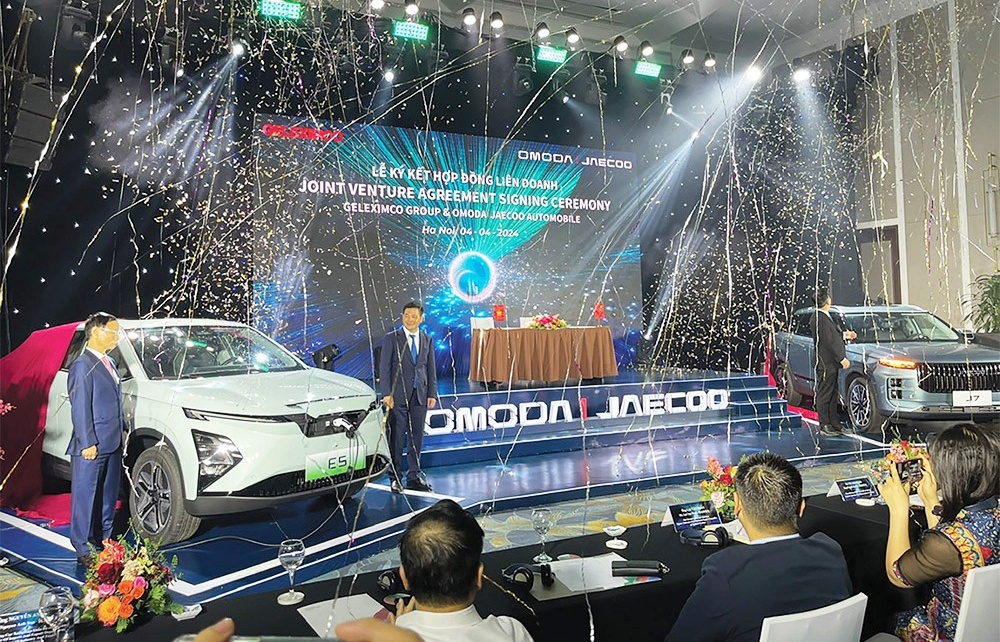

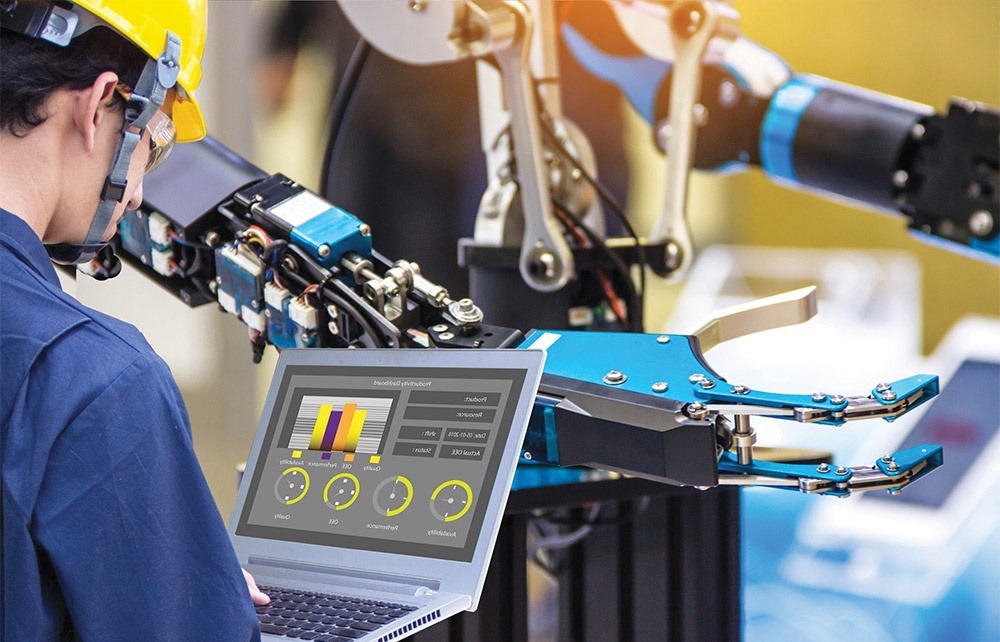



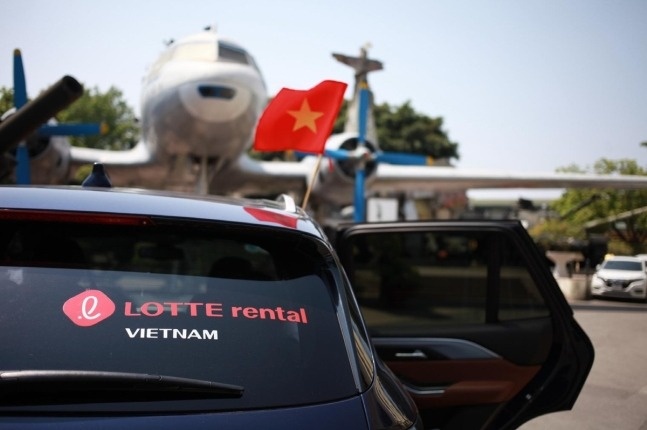


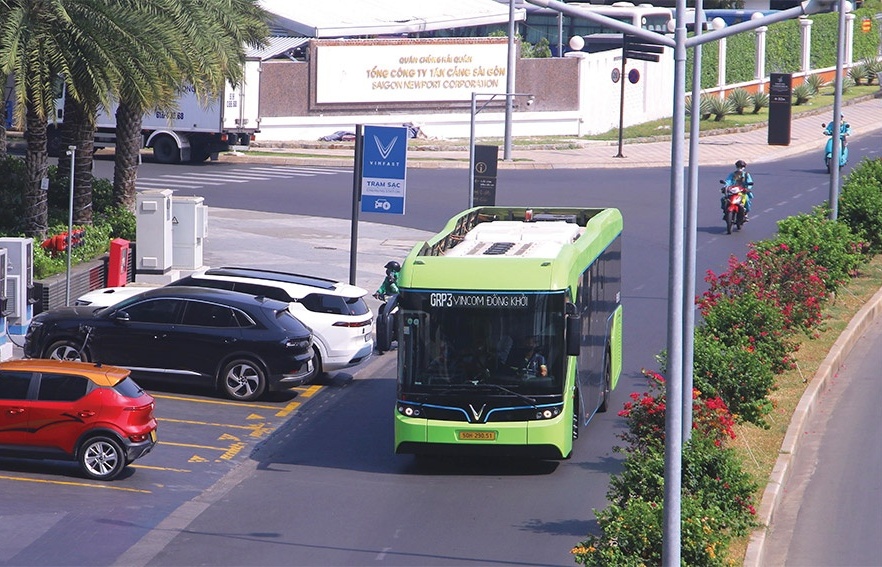
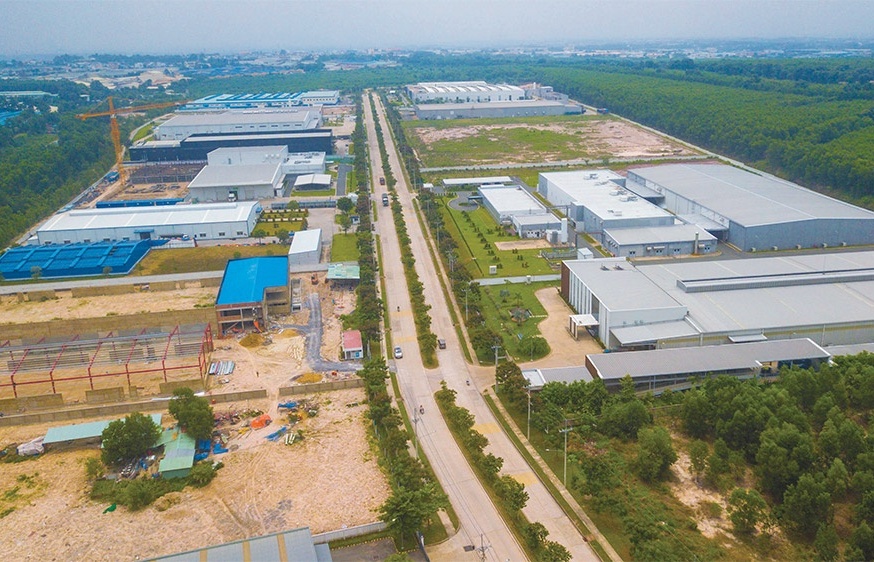



 Mobile Version
Mobile Version